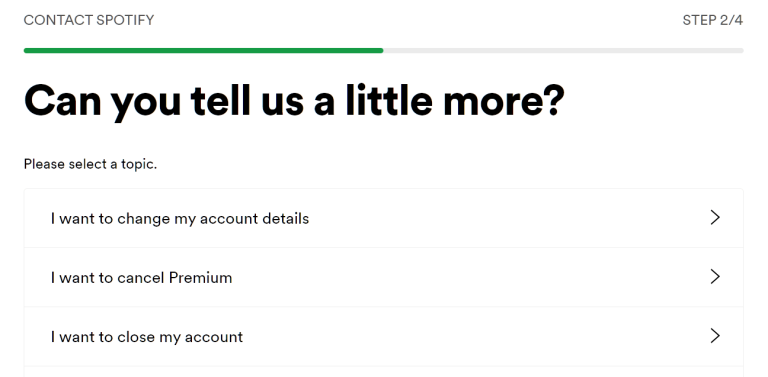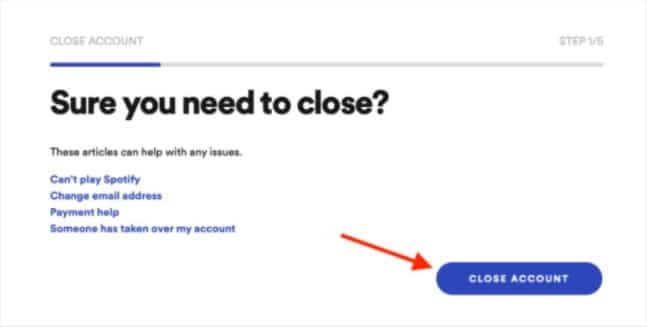



In fact, a technique known as user-splitting divides user profiles into context-specific ones based on a whole variety of information: your location, the weather, your movement, the time of day, your heart rate. Through a combination of content-based approaches, semantic analysis, collaborative filtering, and third-party data (the sordid list goes on), streaming services are becoming increasingly adept at penetrating the emotional and psychological interior of their users. You might think these questions don’t matter, because your streaming service can’t answer them. Was it to listen to music in search of an emotional response? Were you walking down the street, or sitting at home in deepest, darkest Tier 4? Maybe it was a podcast and not music at all.

Consider the last time you used your preferred streaming service. And not just any data: data that we hand over without even realising. One answer lies in the enigmatic realm of data. But as my generation of spoilt listeners becomes increasingly attuned to the murky underworld of data-driven surveillance (does The Social Dilemma need another plug?), many of us will at some point face the prospect of taking out our headphones, deleting our Spotify account, and returning to the primal joys of vinyl, CD players and tape decks. There is little sense in eulogising this technological advancement anyone who parts ways with £9.99 every month in exchange for unfettered access to the Spotify library and all its Faustian pleasures will know first-hand the appeal of music streaming. Much as the invention of the phonograph marked a seismic shift in musical listening practices of the previous century, the growth of music streaming services over the past decade has changed listeners’ relationship with music to such a degree that even the venerable Charles Richter might have struggled to classify.


 0 kommentar(er)
0 kommentar(er)
